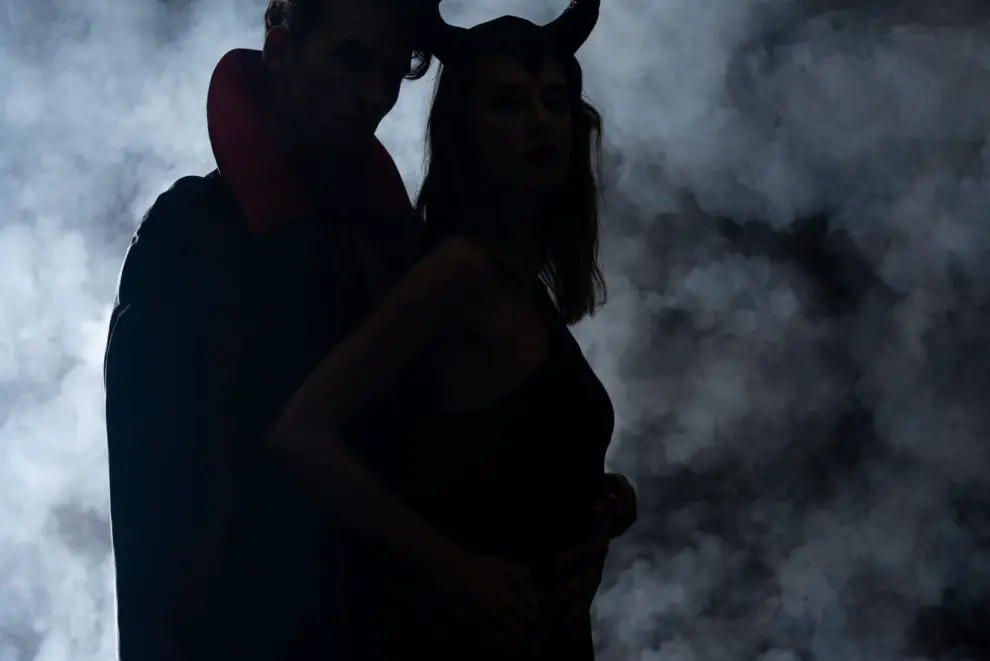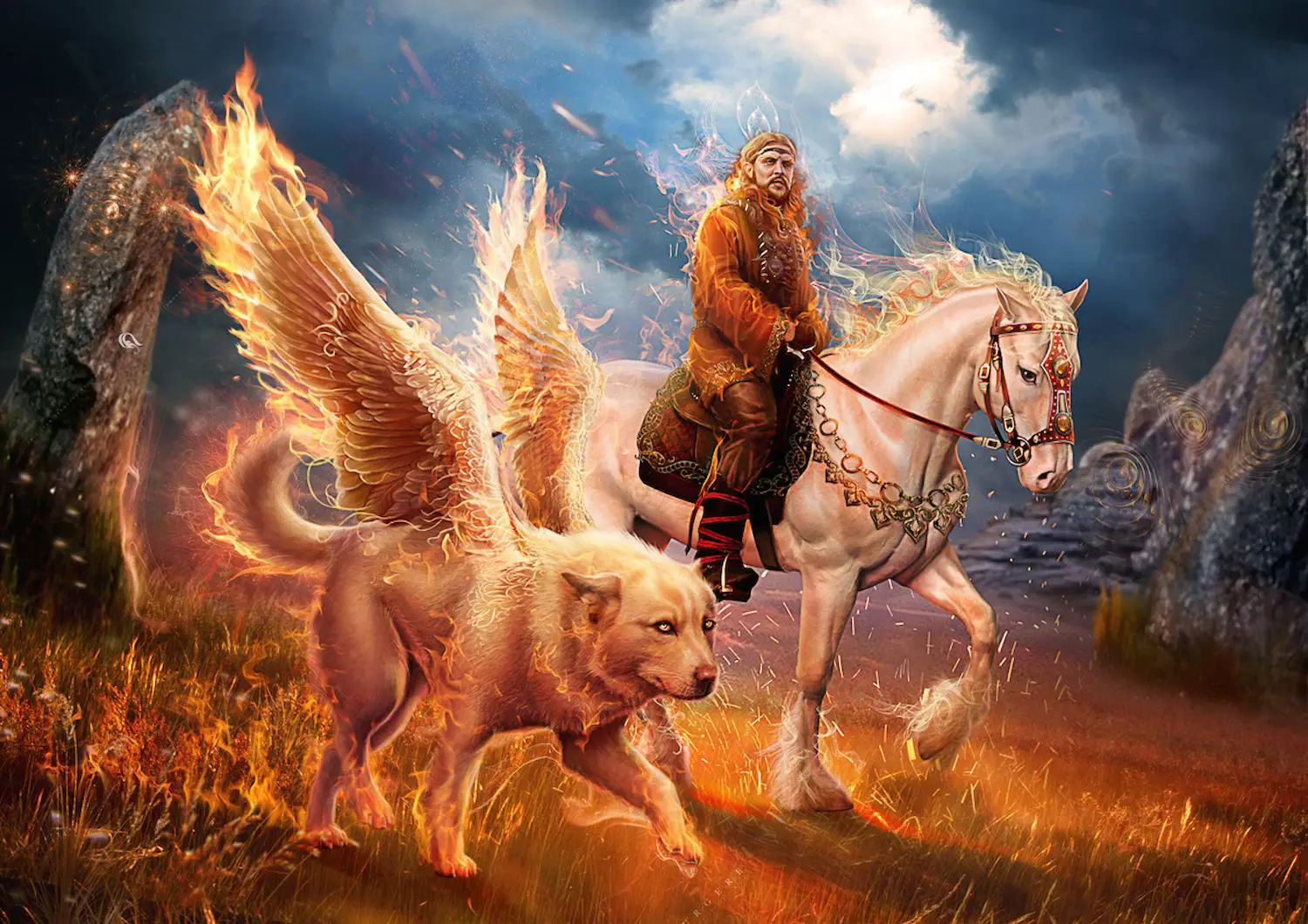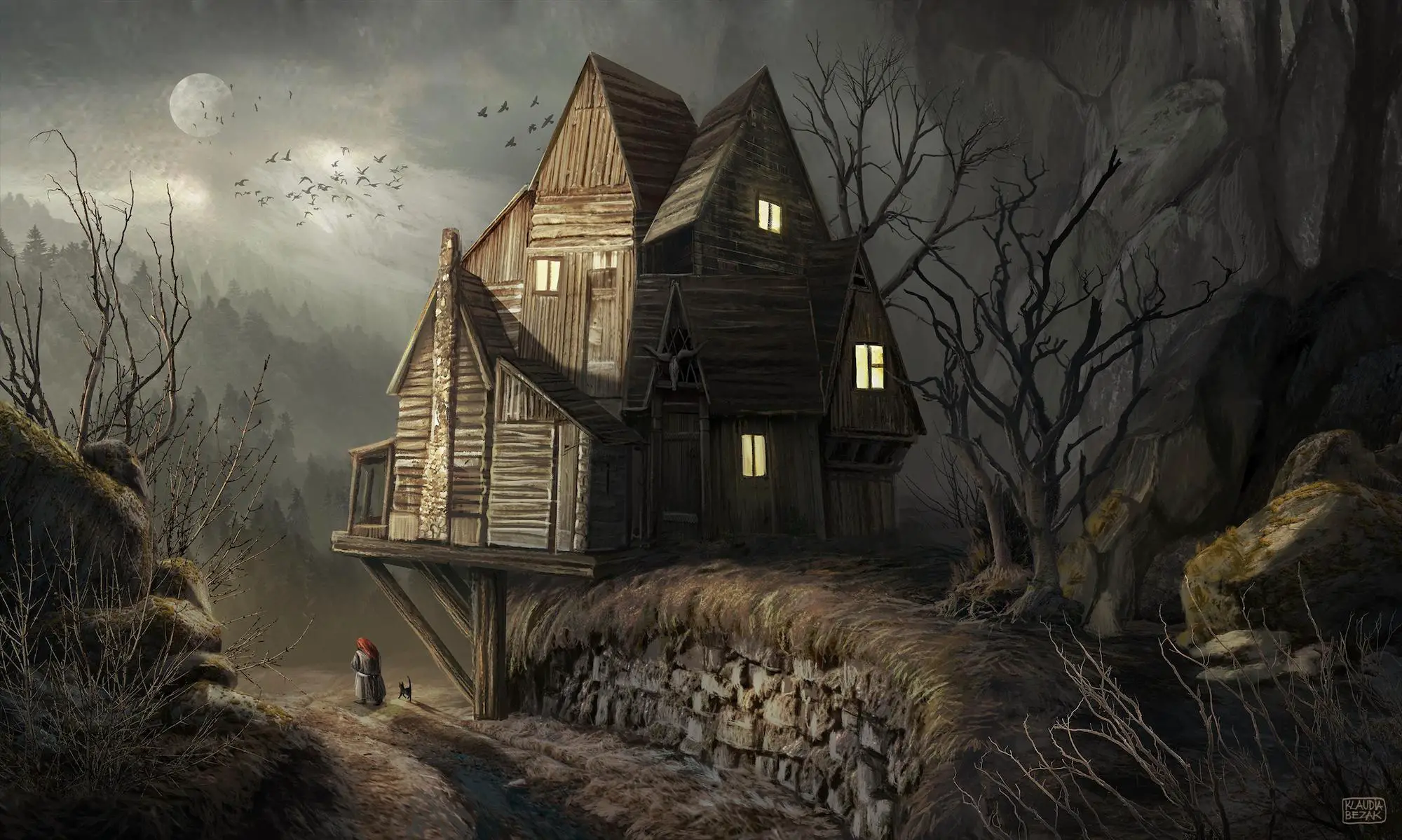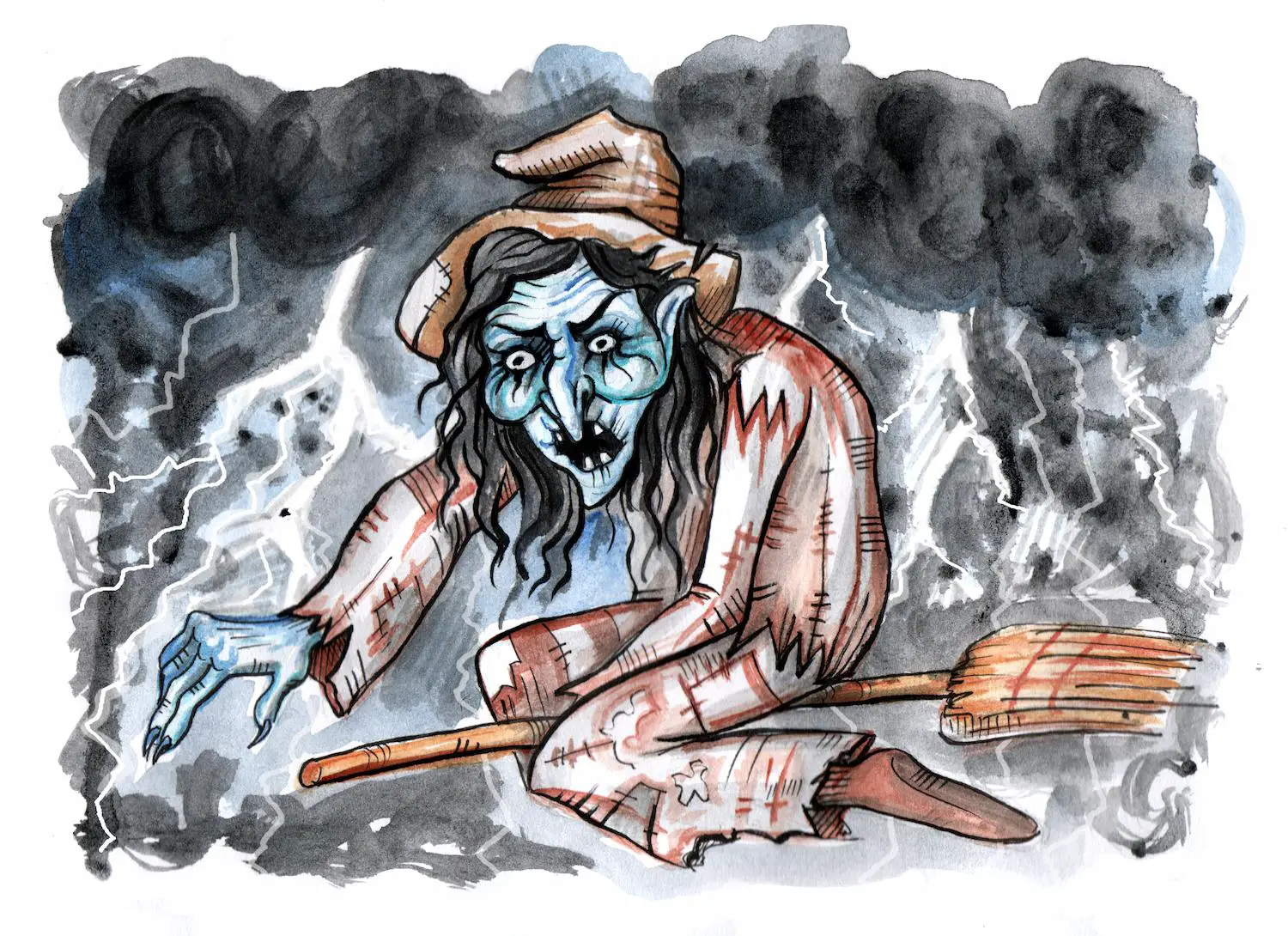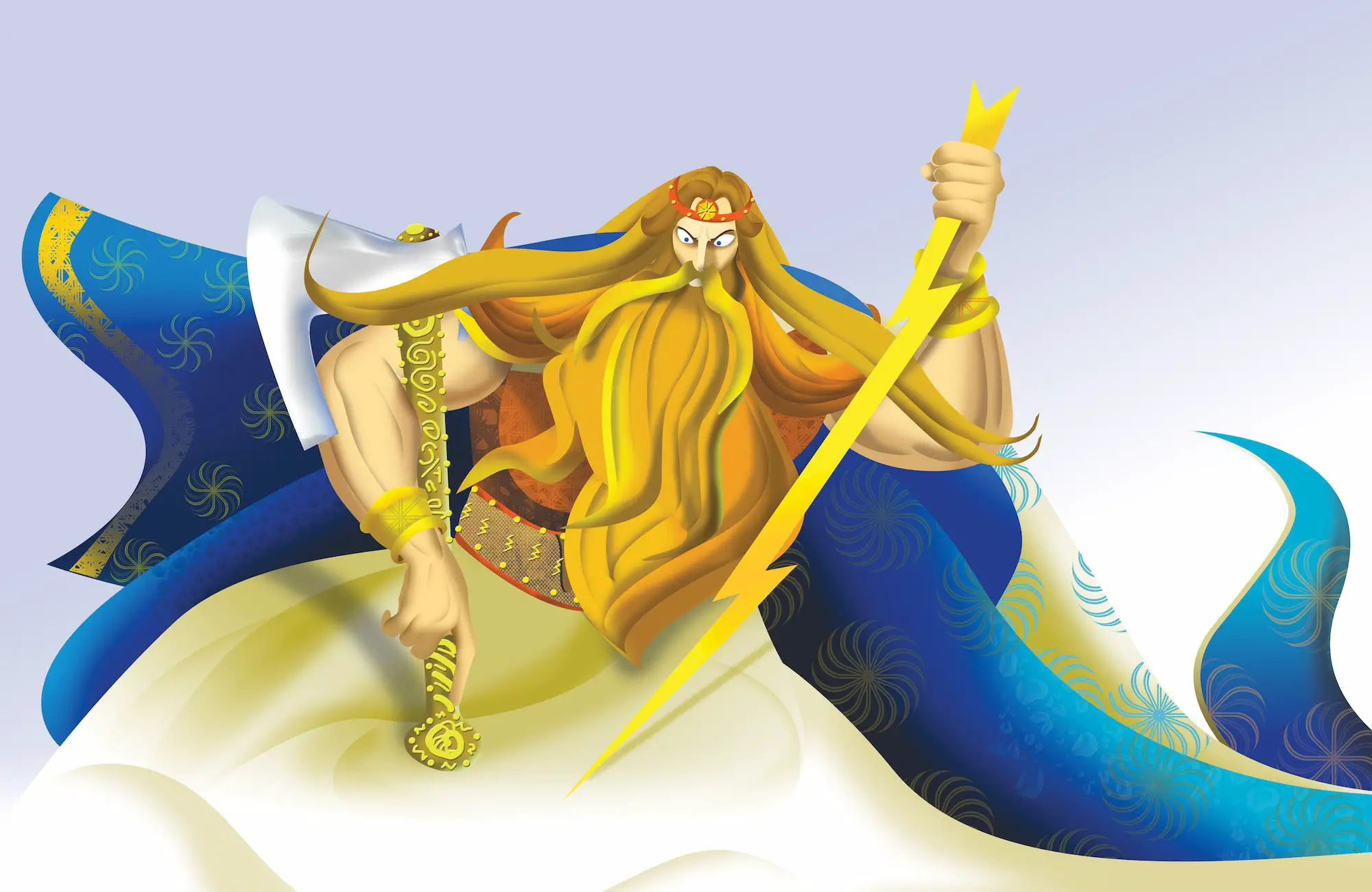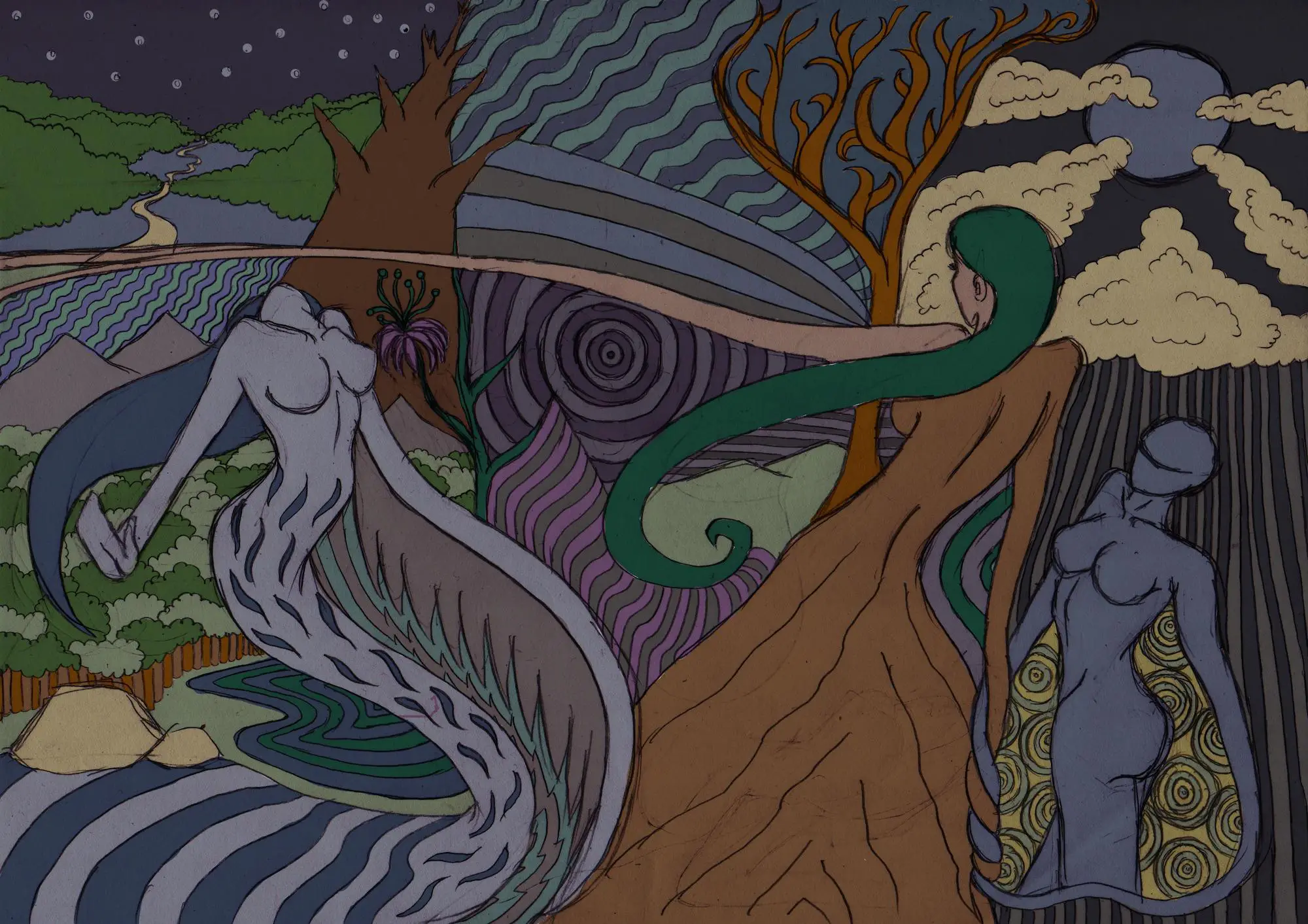Wurdulac, also spelled “wurdalak” or “verdilak” is a type of vampire that is found in Slavic mythology.
Although Wurdulac as the mythical creature belongs to Slavic folklore, it’s much more often identified as a type of Russian vampire.
Table of Contents
Slavic Vampire Beliefs
If you have a sweet (or creepy?) spot for vampire stories, you probably know already that the vampire stories originate from Slavic folklore and mythology. The word itself is Serbian, as is the story about the first vampire, Sava Savanović.
Vampires hold a very special place in Slavic mythology as Slavs used to believe that a person’s body and soul are inseparable in life.
Once the body dies, the soul remains wandering the world of the living for another 40 days before moving on to Nav [1], the world of the dead.
This is why pagan Slavs used to leave a door or a window open in the house, so the wandering souls could move around as they pleased.
But what happens if someone’s soul is so evil and corrupt that it’s not welcome at Nav? Well, that’s where the creepy part begins.
The Slavs believed that the soul can return to the corpse of the deceased in several cases:
- In case of death of an unbaptized child;
- In case of a violent or untimely death;
- In case of death of a major sinner (sorcerer, murderer, etc);
- In case of an improper funeral for the body.
This is why the funeral rites and maintaining the purity of the soul as it prepares for the crossover to the other world were important to Slavs.
The impure souls who are not welcome at Nav return to roam and wander the world of the living.
They feed off the living people’s life energy: their blood. Such impure souls are what we know as vampires, and Wurdulac is just one version of the creature.
Wurdulac, the Russian Vampire
Similar to all other vampires, Wurdulac is a vampire who must consume the blood of living humans (as a Russian vampire, Wurdulac is the only “thing” from Russia that does not drink Vodka) [2].
But what’s specific about this Russian vampire is that it needs to drink blood of its loved ones and convert its whole family into vampires (the same way communism was spread. No? Come on, it’s a joke).
In today’s Russia, the Wurdulac is often referred to as “upyr” (упырь). However, in the 19th century, this name stood for a creature similar but still different from Wurdulac/Vourdalak.
“Upyr” was said to be a former werewolf, witch, or a sinner who was excommunicated from the church (in Russia).
In Ukraine on the other hand, “upyrs” were thought of as the vampires responsible for epidemics or droughts.
In Russian language, this word first occurred in the 19th century, after writer Aleksey Tolstoy wrote a story while traveling the European lands.
The story became so popular that Wurdulac became a part of the Russian folklore, and has remained so ever since.
Aleksey Tolstoy, the Father of Wurdulac
As we mentioned above, the differentia specifica of Wurdulac is that it must consume blood from its loved ones and thus convert its whole family into vampires.
This particular aspect of the Wurdalac story is most likely based on the novella “The Family of the Vourdalak,” written by Aleksey Tolstoy in 1839, describing one such family [3].
The story was written in the French language while Tolstoy was traveling through Europe, and was translated to Russian in 1884, as “Seven Vourdalaks.”
The plot follows a young French diplomat visiting a small Serbian village for the first time, while the head of the house, Gorcha, is away chasing a Turkish outlaw with other villagemen in the woods.
Gorcha instructed his sons to kill him by sticking a stake into his heart if he was to return even a minute later than the foreseen 10 days.
As they waited for him, a series of misfortunate deaths occurred and the suspicion arose: has Gorcha become a Wurdulac/Verdilak? Before Gorcha’s return, the diplomat had to leave the house and continue his travels.
Six months later, the diplomat went back to the village only to find it completely abandoned. He walked down the village in search of the only familiar house and was lured inside by Sdenka, Gotcha’s daughter who was seemingly living alone in the house.
By the time he realized that something strange is going on, he became a victim of a massive attack of Wurdulacs. Each member of the Gorcha family has turned into a Wurdulac after his return to the village!
Thanks to some mad luck and his agile horse, the Frenchmen had managed to survive the attack and escape.
Although very scary, this one story wasn’t enough to domesticate the Wurdulac in Russian folklore.
Thanks to Alexander Pushkin’s 1836 poem named “Wurdulac” (“Volkodlak” in Russian) the word has officially entered the Russian language.
The Bottom Line
Up until now, the true origin of this mythical creature remains unknown.
Some theoreticians believe that the ultimate origins of Wurdulac are Iranian, while others found a parallel of “upyrs” in the Turkic language group and the word “ubir”, meaning witch.
References
- https://books.google.com/books
- https://www.jstor.org/stable/24599657?seq=1
- https://americanliterature.com/author/alexei-tolstoy/short-story/the-family-of-the-vourdalak







